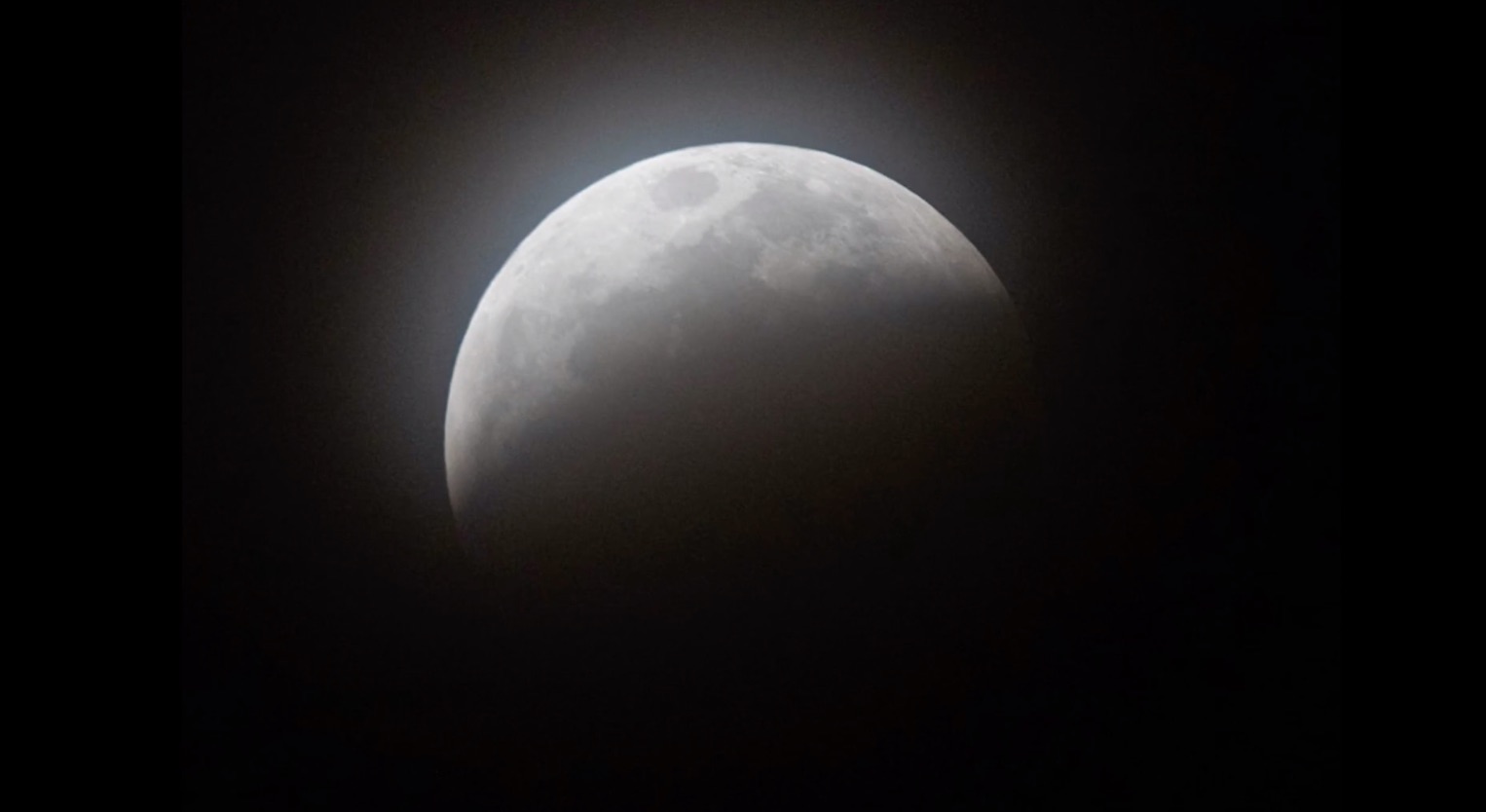Blood Moon Supercut! See the Spectacular Total Lunar Eclipse of 2019 in Just 2 Minutes
A cherry moon in a cold sky kept skywatchers looking up Sunday (Jan. 20) as the moon passed into Earth's shadow. This "blood moon" eclipse is the last for North America until 2022, so Space.com's Steve Spaleta has compiled a video supercut of the imagery from one of the webcast feeds of the eclipse.
Astrophysicist Gianluca Masi ran a livestream from the Virtual Telescope Project during the eclipse, incorporating footage from spots in North and Central America from the project's location in Ceccano, Italy. While the eclipse took place over several hours, the supercut compresses the project's footage to less than a couple of minutes. That's enough time to see the moon go into shadow, turn red and then emerge again.
The imagery eclipse team included astrophotographers Joaquin Fabrega Polleri, Panama; Gary Varney, Florida; John W. Johnson, Nebraska; James McCue, New Mexico; and Ron Delvaux, Arizona. [Amazing Photos of the Super Blood Wolf Moon of 2019!]
In a description of the eclipse written on the Virtual Telescope website before the event, Masi said the aim was to share with viewers "the stunning beauty of such a unique event." The eclipse, he added, took place during a supermoon — when the moon is at the closest point of its orbit around Earth. It made the eclipse "even more fascinating," he wrote.
A blood moon takes place when the moon passes fully into the deepest part of the Earth's shadow during a lunar eclipse. There, the moon only receives red light filtered through the edges of Earth's atmosphere. There are other kinds of possible lunar eclipses, such as a partial eclipse (which happens when the moon goes partially into the deep shadow) and a penumbral eclipse (when the moon passes into the lighter part of Earth's shadow, barely darkening at all).
Although there are no total lunar eclipses worldwide until 2021, and none in North America in 2022, there will be a variety of partial and penumbral lunar eclipses to enjoy. You can get more details on how lunar eclipses work at this Space.com article.
Follow us on Twitter @Spacedotcom and on Facebook. Original article on Space.com.
Breaking space news, the latest updates on rocket launches, skywatching events and more!

Elizabeth Howell (she/her), Ph.D., was a staff writer in the spaceflight channel between 2022 and 2024 specializing in Canadian space news. She was contributing writer for Space.com for 10 years from 2012 to 2024. Elizabeth's reporting includes multiple exclusives with the White House, leading world coverage about a lost-and-found space tomato on the International Space Station, witnessing five human spaceflight launches on two continents, flying parabolic, working inside a spacesuit, and participating in a simulated Mars mission. Her latest book, "Why Am I Taller?" (ECW Press, 2022) is co-written with astronaut Dave Williams.

